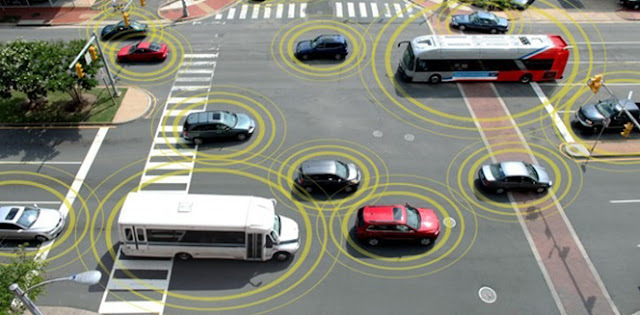The epoch of the smart vendors venture
The smart
transportation market experience
Remember those long ticketing queues, and those hours of
wait before you could get to know the availability status alone? A couple of
decades ago, automatic fare collection and ticket vending machines was route for supervision adds arrives
in the picture, the smart transportation industry exhibits immense future scope
for getting even smarter.
Read market research reports on Smart Transportation Market at: https://www.alliedmarketresearch.com/smart-transportation-market
 |
| pixabay.com |
Smart transportation
market: Need of the hour
An extraordinary degree of technological advancements has
been incorporated in the transport segment over previous decade Global smart
transportation market current population transport
Right after the European Union (EU) declared its directives
binding the European operations within a legal framework, entire global smart
transportation market took the hint. It adapted accordingly, supporting the
idea of a more efficient network that functions within a cleaner and safer
environment. Objective smart transportation market
The smart transportation
market we
The ITS industry involves systems that comprise cutting-edge
devices, networks, and applications. Original Design Manufacturers (ODMs) focus
on developing highly defined cameras and sensory equipment that are compatible
to vehicle’s
Smart transportation market segments render business,
professional, and cloud services to its end-consumers. Professional sector highest cloud service segment more
environment for highest EU’s initiative
As of now, the consumer group has limited bargain options
because vendors are scarce. On the contrary, vendors benefit from this
situation and have full control over pricing.
Deep learning and its
role in impending growth
Earlier, we had discussed about the involvement of big data
analytics and deep learning in the smart transportation market. The flood of
data from the integrated devices, standalone systems, communication channels,
and data portals advanced
artificial neural network to bots vehicle adds
Standard deep learning frameworks, when commissioned for
machine vision and embedded systems, is bound to construct Mobility as a
Service (MaaS) models beyond consumer expectations. Configuring over the air
(OTA) updates and ensuring sufficient cyber security will be the critical
grounds that need attention. If regional economic restraints are dealt with in
an efficacious manner, global population will soon be able to experience
autonomous smart transportation mediums, in exchange for an affordable price.

No comments:
Post a Comment